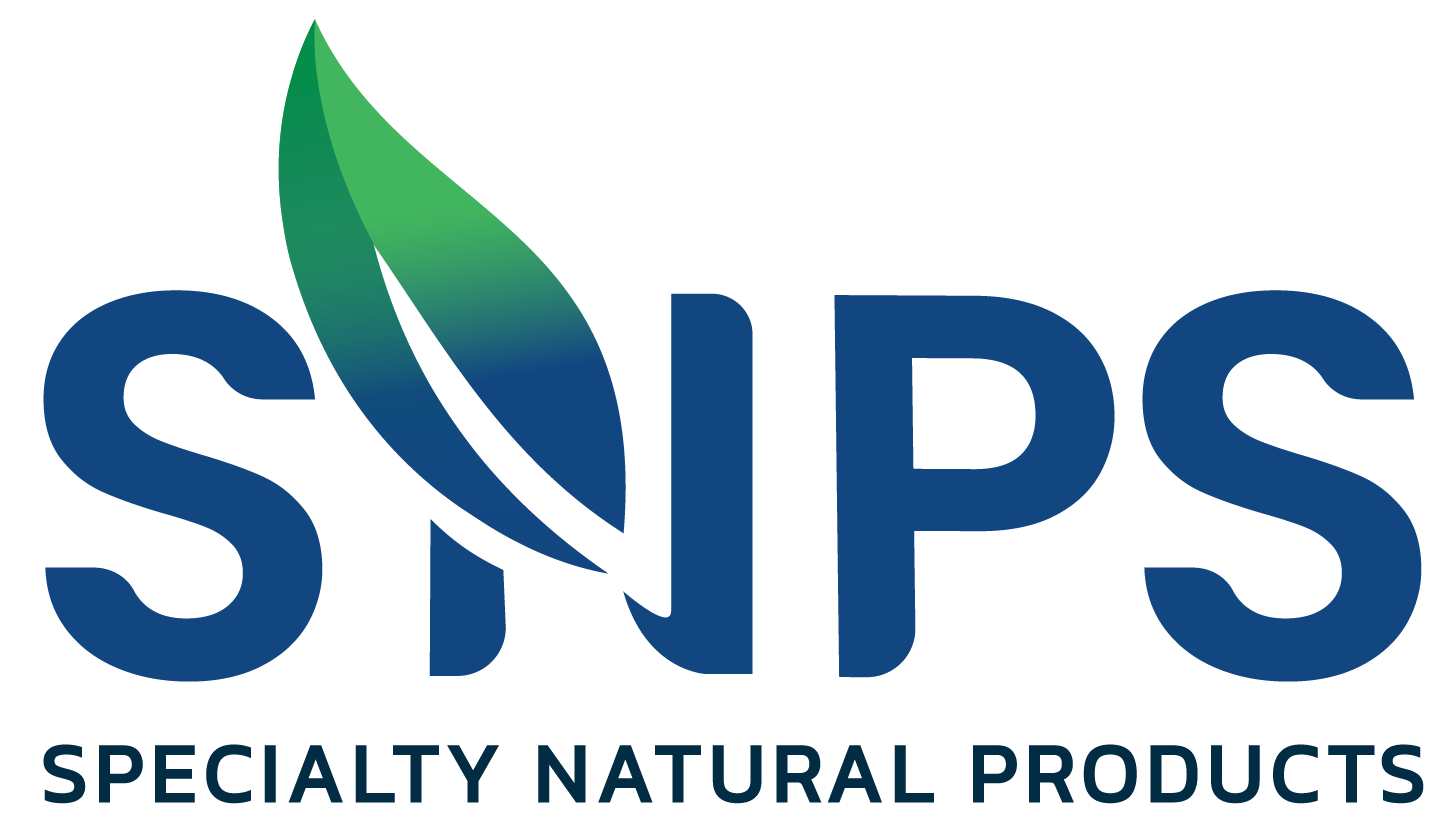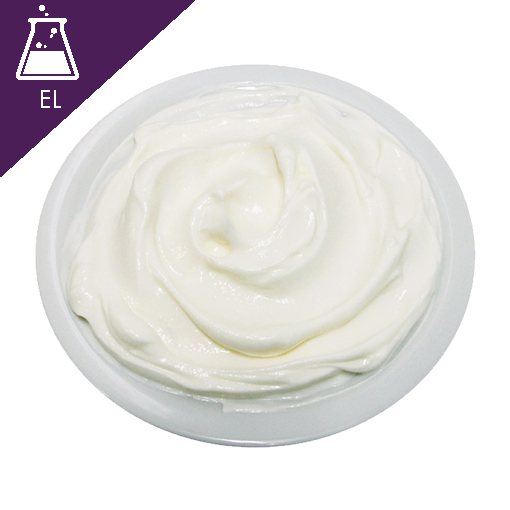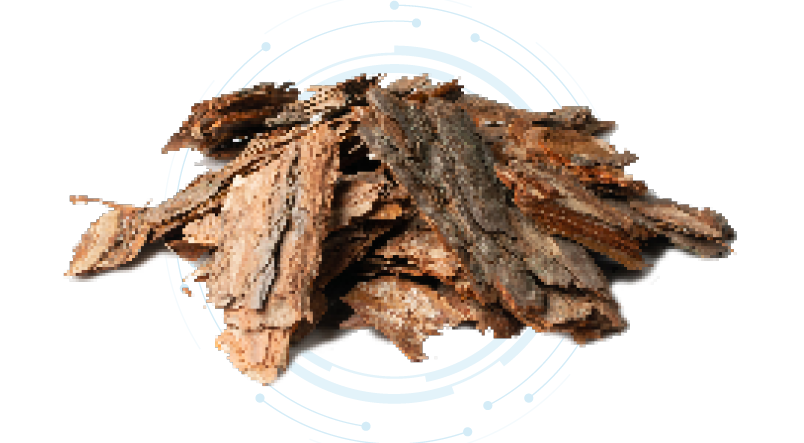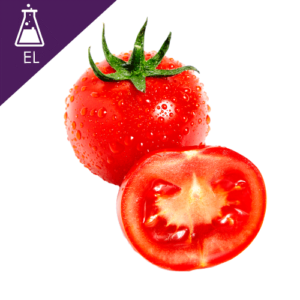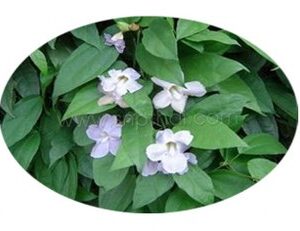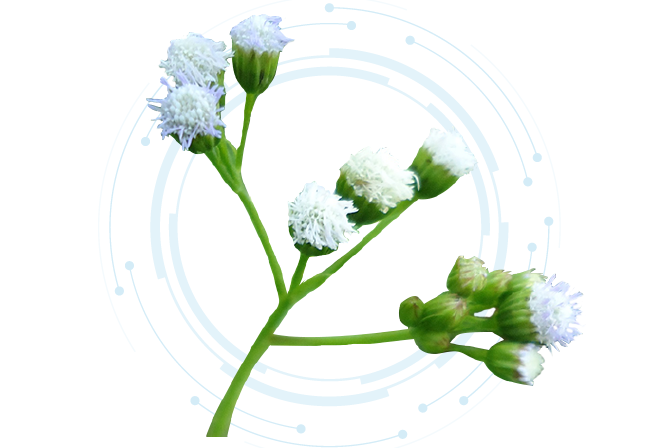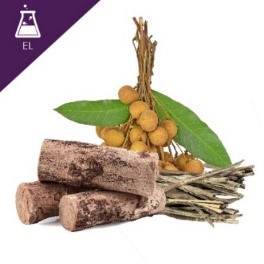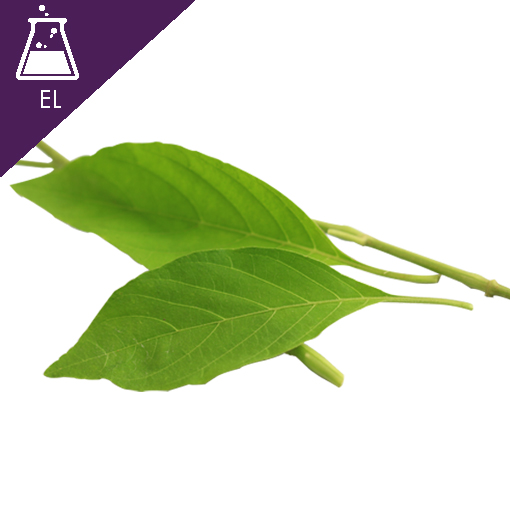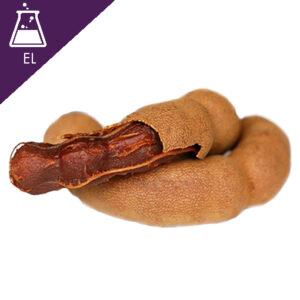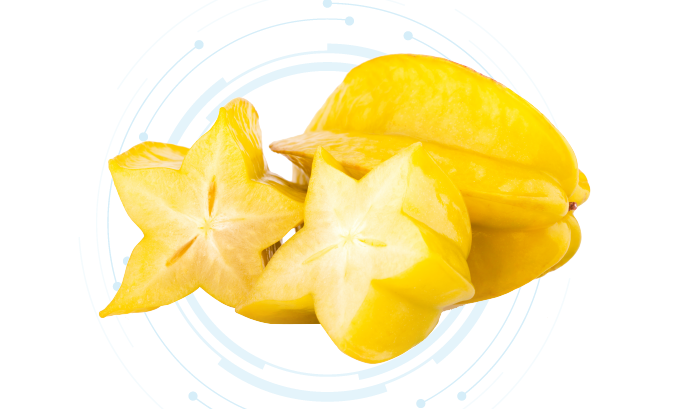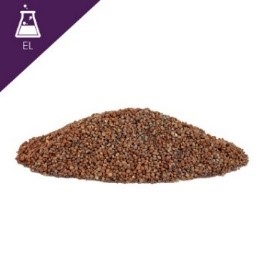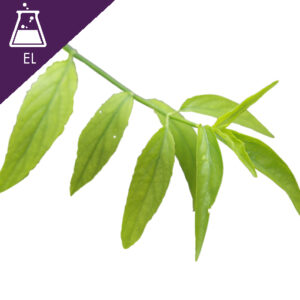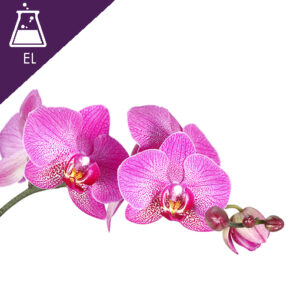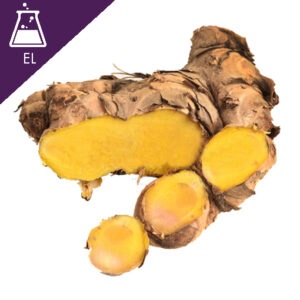Description
Product Name : Yoghurt for cosmetics
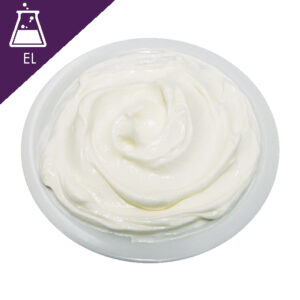
Yoghurt is a dairy product which originated centuries ago in Bulgaria. Yoghurt is made by fermenting milk with bacteria such as Streptococcus thermophilus, Lactobacillus bulgaricus and other member of Lactobacillus genus. The milk sugar or lactose is fermented by these bacteria into lactic acid which causes the characteristic an acidic condition, sour and curd form. In addition, the bacteria used to make yoghurt called Lactic acid bacteria (LAB). For many centuries are believed that fermented milk is beneficial for health because the variety nutritional composition of yoghurt such as Protein, carbohydrate, calcium, potassium, magnesium, phosphorus, zinc, vitamin (B1, B2, B6 and B12) etc. Moreover, In cosmetics, Yoghurt is the key natural ingredient in cosmetic for healthy skin care product as cream, lotion, mask, shampoo etc.
Active Ingredient of Yoghurt Powder
- Lactic acid
An alpha hydroxyl acid (AHAs) or Lactic acid, also known as milk acid have been used for many years in cosmetics as exfoliants, moisturizers, emollients, whitening agent, etc. In addition, lactic acid is a non-irritating rapid exfoliator, safer and milder than chemical peeling. For cosmetic, lactic acids are maintain skin moist content and help exfoliate dead cell and make skin look younger.
- Amino acid
Amino acids are obtained from hydrolyzed proteins. They have been widely used in cosmetics which are popular ingredients because they are key component of the natural moisturizing factor (NMF) and some have antioxidant properties
and wound-healing abilities as well.
Properties
-Moisturizer
-Natural skin smoother
-Lightening agent
-Hair nourishment
Applications
-Cleansing products such as Shampoo, Soap, Shower gel etc.
– Skin care products such as Cream, Lotion, Mask etc.
Clinical study
CLINICAL EVALUATION ON VOLUNTEERS OF THE GLOBAL IMPROVEMENT OF THE SKIN STATE OF YOGHURTEX®)
Objective:
- To evaluate the effect of the product “Yoghurtex® Cleanser” on the global improvement of the skin state on face at 3 minutes after used product and 7 days of twice-daily use by dermatologist.
- To evaluate the whitening effect of the product by measurement of the skin color with chromameter®
Study condition:
| Product reference(s) | Yoghurtex® Cleanser |
| Measurement zone(s) | Face |
| Number of volunteers include in the data analysis | 20 (all of females) |
| Age | 36±3 (Between 18 and 58) |
| Application for the product | Under sponsor’s recommendation use: twice-daily |
| Protocol | Before / After treatment |
| Measurement kinetics | D0, T3 and D7 after used product |
Dosage: in step 1 use 2-3 drops of product per half face, in step 2 use 3-4 drops of product, twice-daily (in the morning and evening), during 7 days.
Application site(s) and method(s)
Application site : half face
Application method : divided into two steps
Step 1 : put 2-3 drops of product in hand, rub the hand together to make bubbles, smooth over the half face for10 seconds and wash off.
Step 2 : put 3-4 drops of product in hand, rub the hand together to make bubbles, massage slightly over the half face for 2 minutes and wash off.
Results
- Clinical evaluation on efficacy of the product on structured scale obtained before and after treatment
| Area | Cutaneous zone | Parameter | Kinetic | variation(∆) (mean± SEM) | Statistic (p of the Wilcoxon test) | % of volunteer with positive effect |
| Texture | T3 | 0.0 ± 0.0 | no (p =1.000) | 0% | ||
| D7 | 0.0 ± 0.0 | no (p=1.000) | 0% | |||
| Clarity | T3 | 0.0 ± 0.0 | no (p =1.000) | 0% | ||
| D7 | 0.0 ± 0.0 | no (p=1.000) | 0% | |||
| Even skin tone | T3 | 0.0 ± 0.0 | no (p =0.317) | 0% | ||
| D7 | 0.2 ± 0.1 | no (p=0.083) | 15% | |||
| Treated zone | Discrete | T3 | 0.1 ± 0.1 | no (p=0.317) | 5% | |
| pigmentation | D7 | 0.2 ± 0.1 | yes (p=0.046) | 20% | ||
| Mottled | T3 | 0.1 ± 0.1 | no (p=0.317) | 5% | ||
| pigmentation | D7 | 0.3 ± 0.1 | yes (p=0.025) | 25% | ||
| Under eye puffiness | T3 | 0.1 ± 0.1 | no (p =0.157) | 5% | ||
| D7 | 0.4 ± 0.2 | no (p=0.066) | 20% | |||
| Overall skin | T3 | 0.1 ± 0.1 | no (p =0.317) | 5% | ||
| Face | state | D7 | 0.3 ± 0.1 | yes (p=0.014) | 30% | |
| Texture | T3 | 0.0 ± 0.0 | no (p =1.000) | 0% | ||
| D7 | 0.0 ± 0.0 | no (p=1.000) | 0% | |||
| Clarity | T3 | 0.0 ± 0.0 | no (p =1.000) | 0% | ||
| D7 | 0.0 ± 0.0 | no (p=1.000) | 0% | |||
| Even skin | T3 | 0.1 ± 0.1 | no (p =0.317) | 5% | ||
| Non- Treated zone | tone | D7 | 0.0 ± 0.0 | no (p=1.000) | 0% | |
| Discrete pigmentation | T3 | 0.0 ± 0.0 | no (p =1.000) | 0% | ||
| D7 | 0.0 ± 0.0 | no (p=1.000) | 0% | |||
| Mottled | T3 | 0.0 ± 0.0 | no (p =1.000) | 0% | ||
| pigmentation | D7 | 0.0 ± 0.0 | no (p=1.000) | 0% | ||
| Under eye | T3 | 0.0 ± 0.0 | no (p =1.000) | 0% | ||
| puffiness | D7 | 0.0 ± 0.1 | no (p=1.000) | 10% | ||
| Overall skin state | T3 | 0.0 ± 0.0 | no (p =1.000) | 0% | ||
| D7 | -0.1 ± 0.1 | no (p=0.317) | 0% |
The result from clinical evaluation of the product on treated zone showed a significant improvement of discrete pigmentation, mottled pigmentation and overall skin state after used product 7 days but after 3 minutes of twice-daily use of the product did not showed a significant improvement with all parameter. This effect is not observed on non-treated zone half face after 7 days of treatment. The clinical evaluation of parameter observed with treated zone was better improvement than observed with non-treated zone during entire of study.
- Chromameter measurement
These results of the colorimetric variations under product effect is presented in table below.
| Area | Parameter | Kinetic | Variation (∆) at treated zone (mean± SEM) | Variation (∆) at non-treated zone (mean± SEM) | Statistic (p of the Student t test or p of the Wilcoxon test) |
| Face | L* | T3 | 0.68 ± 0.07 | 0.16 ± 0.07 | yes (p=0.000) |
| D7 | 0.96 ± 0.11 | 0.01 ± 0.13 | yes (p=0.000) | ||
| b* | T3 | 0.12 ± 0.15 | 0.23 ± 0.11 | no (p=0.526) | |
| D7 | -0.16 ± 0.20 | -0.02 ± 0.10 | no (p=0.510) | ||
| ITA° | T3 | 1.67 ± 0.25 | 0.23 ± 0.15 | yes (p=0.000) | |
| D7 | 2.65 ± 0.28 | 0.08 ± 0.31 | yes (p=0.000) |
| Area | Parameter | Kinetic | Variation (∆)treated/non-treated (mean± SEM) | %of volunteers with positive effect |
| Face | L* | T3 | 0.52 ± 0.08 | 95% |
| D7 | 0.95 ± 0.14 | 90% | ||
| b* | T3 | -0.10 ± 0.16 | 50% | |
| D7 | -0.13 ± 0.20 | 60% | ||
| ITA° | T3 | 1.44 ± 0.21 | 95% | |
| D7 | 2.57 ± 0.28 | 100% |
L*: for clarity (from dark to light)
b*: for the blue-to-yellow spectrum
ITAº (Individual Typological Angle): the higher the ITAº is, the lighter the is.
This means: the higher the parameter L*is, the lighter the skin is,
the lower the parameter b* is, the less yellow the skin is.
After 3 minutes and 7 days of twice daily use of the product, we observed the significant lightening effect on treated zone. A statistical difference was observed between treat zone and non-treated zone for the lightening effect. The parameter L* and ITA were significantly different between treated zone and non-treated after 3 minutes and 7 days of treatment. There is significant increase of parameter L* observed on 95% and 90% of the volunteers. And there is also a significant increase of ITAº observed on 95% and 100% of the volunteers respectively.
